
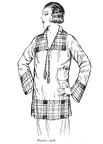 Woollen Check - 1920's
Woollen Check - 1920's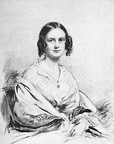 Emma Darwin at Thirty-One
Emma Darwin at Thirty-One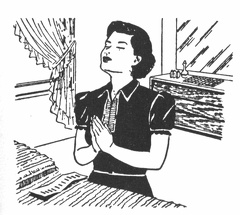 Lady keeling and praying
Lady keeling and praying Théophile Gautier
Théophile Gautier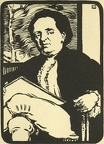 Samuel Richardson
Samuel Richardson Jean-Jacques Rousseau
Jean-Jacques Rousseau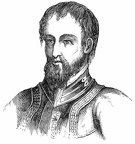 Hernando de Soto
Hernando de Soto Paul Whiteman
Paul Whiteman Ernest Newman
Ernest Newman Lyman Trumbull
Lyman Trumbull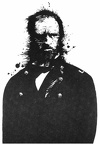 Maj. Gen. William T. Sherman
Maj. Gen. William T. Sherman Lt. Col. William H. Martin
Lt. Col. William H. Martin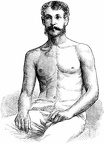 A warped University Oarsman, imperfectly developed in Muscles not used in Rowing
A warped University Oarsman, imperfectly developed in Muscles not used in Rowing Man looking at woman
Man looking at woman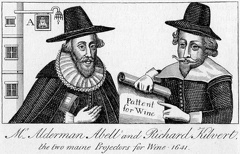 Mr. Alderman Abell and Richard Kilvert, the two maine Projectors for Wine, 1641
Mr. Alderman Abell and Richard Kilvert, the two maine Projectors for Wine, 1641 Robert Schumann
Robert Schumann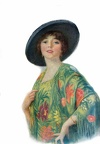 1916 Woman
1916 Woman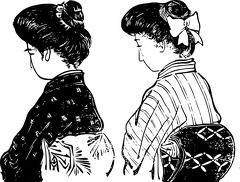 Japanese Hairstyles
Japanese Hairstyles Man drinking
Man drinking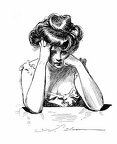 Unhappy lady
Unhappy lady Man scratching his head
Man scratching his head Man seated sideways on a chair
Man seated sideways on a chair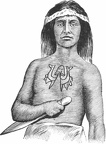 Tattooing on a Haida Man
Tattooing on a Haida Man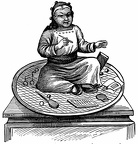 Chinese Boy choosing Toys
Chinese Boy choosing Toys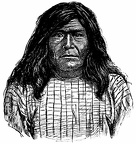 Victorio—an Apache Warrior
Victorio—an Apache Warrior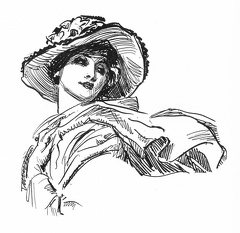 Lady in scarf and hat
Lady in scarf and hat Ladies' Cheeky look while reading the newspaper
Ladies' Cheeky look while reading the newspaper Lady with scarf
Lady with scarf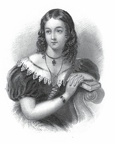 Young lady seated
Young lady seated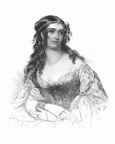 Young Lady
Young Lady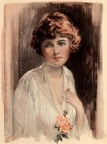 Young lady
Young lady Joel R. Robinson
Joel R. Robinson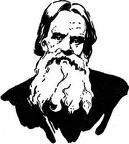 Holman Hunt
Holman Hunt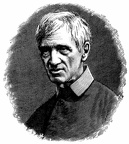 John Henry Newman
John Henry Newman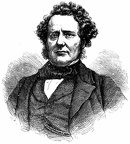 George Wilson, Chairman of the Anti-Corn-Law League
George Wilson, Chairman of the Anti-Corn-Law League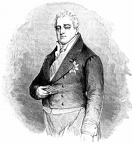 King William IV
King William IV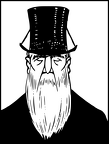 Top hat with beard
Top hat with beard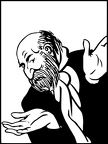 Shrugging man
Shrugging man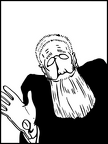 Shrugging man with beard
Shrugging man with beard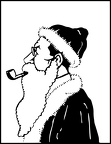 Santa type beard
Santa type beard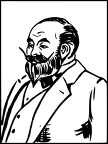 Poirot perhaps
Poirot perhaps Oriental with Beard
Oriental with Beard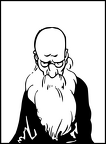 Long Beard
Long Beard I am the Walrus
I am the Walrus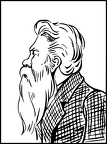 Full beard - full hair
Full beard - full hair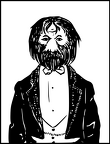 Beastly Beard
Beastly Beard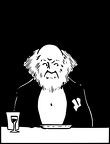 Bearded man waiting for dinner
Bearded man waiting for dinner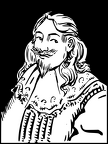 Van Dyke Beard
Van Dyke Beard Unhappy man with beard
Unhappy man with beard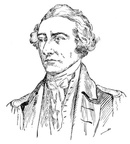 General Francis Marion
General Francis Marion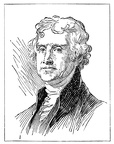 Thomas Jefferson
Thomas Jefferson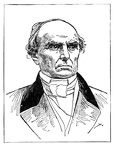 Daniel Webster
Daniel Webster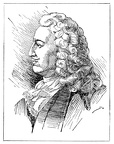 Cavelier De La Salle
Cavelier De La Salle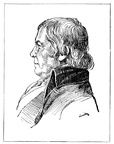 Paul Revere
Paul Revere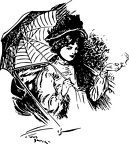 Girl with Umbrella
Girl with Umbrella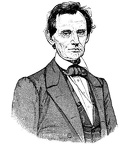 Lincoln 1860
Lincoln 1860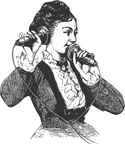 Using Bells phone
Using Bells phone



